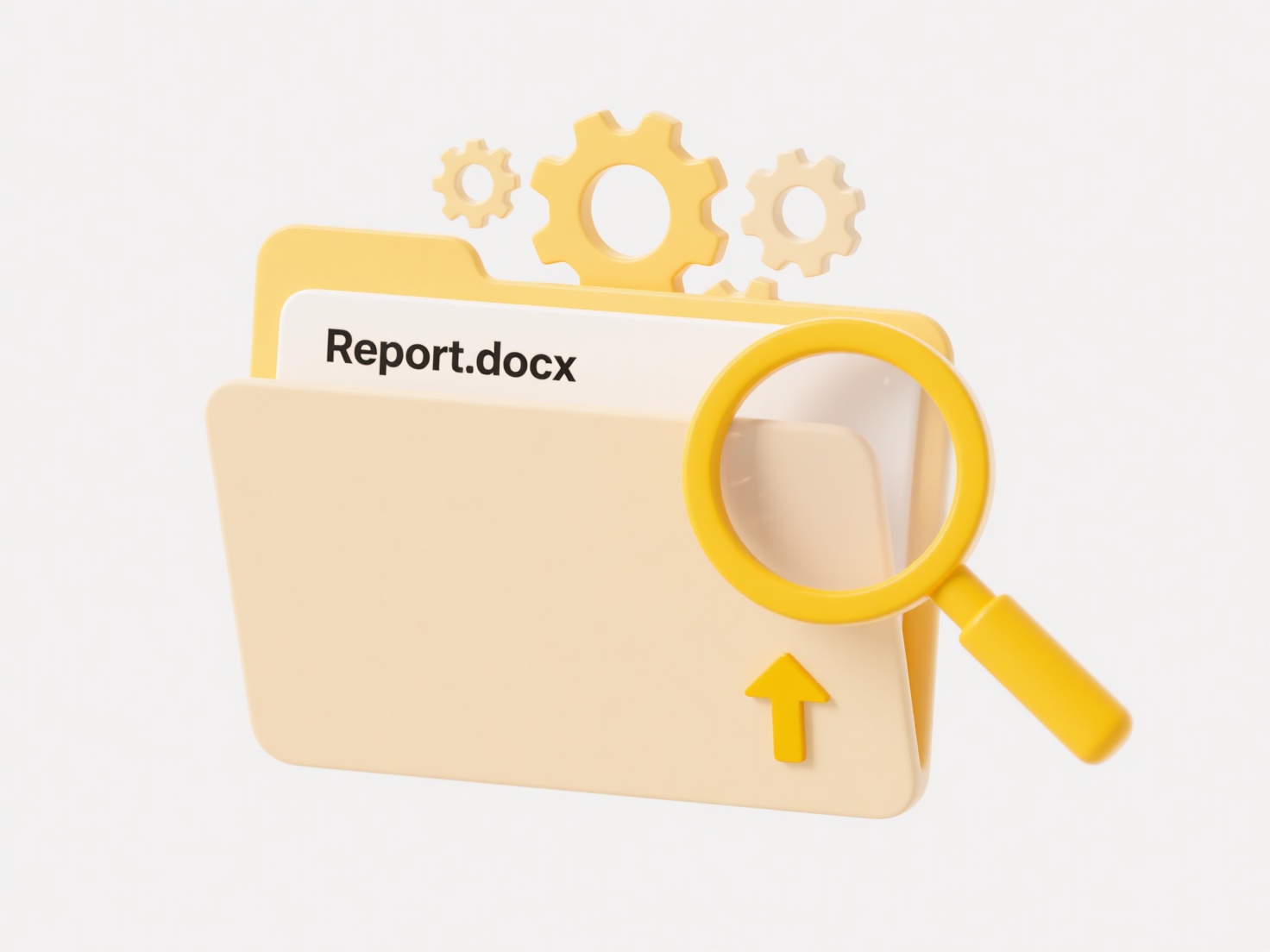
A file naming strategy for easier retrieval uses consistent, systematic conventions to label files clearly. It prioritizes descriptive keywords, relevant dates (often in YYYYMMDD format), project identifiers, and sometimes version numbers separated by underscores or hyphens. This approach differs significantly from vague or inconsistent naming, making files self-descriptive and reducing reliance on folders or memory for finding information. Key principles involve avoiding special characters and spaces, keeping names concise, and ensuring logical ordering of elements.
For example, a marketing team might name a social media graphic as "20240615_SocialCampaign_TwitterBanner_v2.jpg". A research group could use "SmithJ_20240530_Experiment2_SummaryReport_v1.pdf". These structured names immediately convey the project, date, content type, author, and version, facilitating efficient searching and sorting across operating systems and cloud platforms like Dropbox or SharePoint.

The main advantages are dramatically faster search results, reduced risk of overwriting files, easier collaboration, and long-term organization consistency. Key limitations include the initial setup time and the need for all collaborators to adopt and strictly maintain the conventions; failure to do so breaks the system. Future developments might involve integrating automated AI tagging alongside human-readable names, but a well-planned manual strategy remains fundamental and universally applicable.
What’s the best file naming strategy for easier retrieval?
A file naming strategy for easier retrieval uses consistent, systematic conventions to label files clearly. It prioritizes descriptive keywords, relevant dates (often in YYYYMMDD format), project identifiers, and sometimes version numbers separated by underscores or hyphens. This approach differs significantly from vague or inconsistent naming, making files self-descriptive and reducing reliance on folders or memory for finding information. Key principles involve avoiding special characters and spaces, keeping names concise, and ensuring logical ordering of elements.
For example, a marketing team might name a social media graphic as "20240615_SocialCampaign_TwitterBanner_v2.jpg". A research group could use "SmithJ_20240530_Experiment2_SummaryReport_v1.pdf". These structured names immediately convey the project, date, content type, author, and version, facilitating efficient searching and sorting across operating systems and cloud platforms like Dropbox or SharePoint.

The main advantages are dramatically faster search results, reduced risk of overwriting files, easier collaboration, and long-term organization consistency. Key limitations include the initial setup time and the need for all collaborators to adopt and strictly maintain the conventions; failure to do so breaks the system. Future developments might involve integrating automated AI tagging alongside human-readable names, but a well-planned manual strategy remains fundamental and universally applicable.
Quick Article Links
What happens if I try to open a conflicted copy?
A conflicted copy is a duplicate file created automatically by syncing services (like OneDrive, Dropbox, or SharePoint) ...
How do I rename build artifacts in deployment?
Build artifacts are files produced during software compilation or packaging, ready for deployment. Renaming them involve...
Can I prevent accidental renaming of critical files?
Accidental file renaming occurs when a user unintentionally changes a critical file's name, potentially leading to syste...